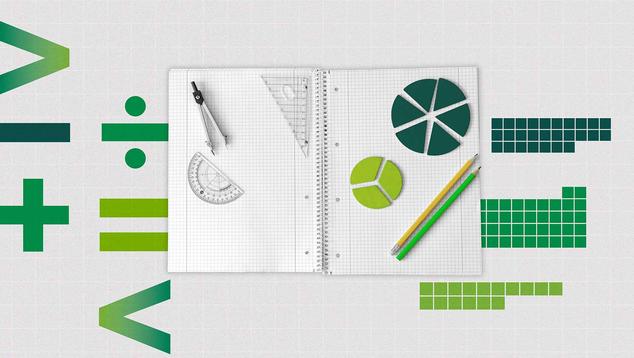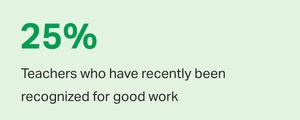WASHINGTON, D.C. — Twenty percent of U.S. K-12 superintendents and principals say they are “very familiar” with High-Quality Instructional Materials (HQIM), while nearly four in 10 (37%) report being either “not very” or “not at all” familiar with the term. HQIM are research-based, standards-aligned curricula and other instructional resources designed to support effective teaching and improve student outcomes.
Superintendents demonstrate slightly higher familiarity than principals, with 27% saying they are very familiar, compared with just 19% of principals. However, sizable proportions of both groups remain unfamiliar with HQIM, a barrier to ensuring that these instructional materials are effectively adopted and implemented in schools.
These results are from the Gallup Math Matters Study, conducted with support from the Gates Foundation via a web survey Dec. 2-9, 2024. The survey is based on 1,471 education leaders, including 203 superintendents and 1,268 principals. Respondents were surveyed using a national list of superintendents and principals.
Most Education Leaders Say Their School or District Lacks Official Definition of HQIM
As there is no single, consistent definition of HQIM, schools or districts that wish to promote the adoption and use of HQIM may decide to set their own definition. About a quarter of superintendents (22%) and principals (26%) say their school or district has an official definition of HQIM.
Meanwhile, about half of education leaders overall (49%) report that their school or district does not have a formal definition, including 68% of superintendents and 46% of principals. Additionally, 28% of principals and 10% of superintendents say they are unsure whether their school or district has a definition at all.
Principals at elementary (33%) and middle schools (29%) are more likely than their peers at high schools (20%) to say their school has an official definition of HQIM.
Leaders Identify Math Professional Learning Quality, Alignment as Areas of Opportunity
While a lack of understanding, and thus the use of, HQIM may be negatively affecting the ability to deliver high-quality math instruction, the quality of math teacher professional learning may also be getting in the way. Among those whose school or district offers it, nearly four in 10 education leaders (39%) rate their school or district’s math-related professional learning as “fair” or “poor.” About half (48%) rate theirs as “good,” and 11% say it is “excellent.”
Mixed ratings of professional learning may, at least in part, be due to a lack of alignment between the professional learning experience and math curriculum. While a majority of education leaders say “most” (37%) or “all” (22%) of their math-related professional learning aligns with their math curriculum, a substantial portion — 37% combined — say “about half,” “a little” or “none” of their professional learning aligns with theirs.
Education leaders who report that most or all of their math-related professional learning aligns with their math curriculum are significantly more likely than their peers to rate the quality of their professional learning as excellent or good (73% vs. 40%, respectively).
Bottom Line
Education leaders’ limited awareness of High-Quality Instructional Materials — a research-backed critical component of strong instructional practice — coupled with the fact that most schools and districts lack an official definition of HQIM may be a significant barrier to ensuring high-quality math instruction. Without a clear understanding of what HQIM are and how to implement them effectively, schools may struggle to provide students with research-based, standards-aligned curricula.
Additionally, misalignment between professional learning and math curriculum presents another challenge, with many education leaders reporting that their math-related professional learning is only partially aligned — or not at all aligned — with their curriculum. Addressing these gaps in HQIM awareness, official definitions of HQIM and professional learning alignment will be critical in improving math instruction and student outcomes nationwide.
Learn more about the Gallup Math Matters Study.
To stay up to date with the latest Gallup News insights and updates, follow us on X @Gallup.





